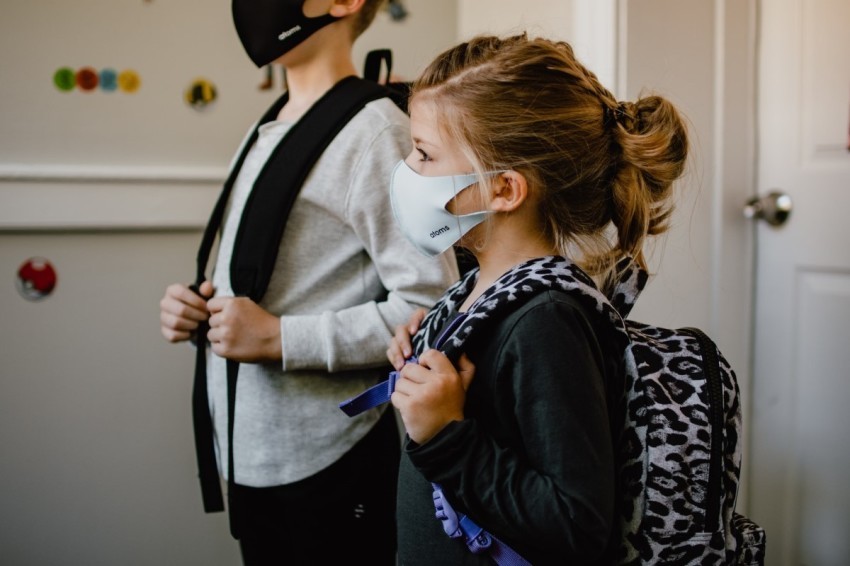US schools see historic drop in reading, math scores after pandemic closures

A new assessment purports that reading and math scores for 9-year-old students saw historic declines during the COVID-19 pandemic, a period that reportedly negatively impacted student behavior and performance due to remote learning arrangements.
The National Assessment of Educational Progress (NAEP), also referred to as The Nation’s Report Card, released a report this week on a reading and mathematics assessment administered to 9-year-old students nationwide. The scales used in the evaluation ranged from zero to 500.
NAEP, a congressionally mandated program overseen by the U.S. Department of Education, administered the assessments from January to March 2020 and 2022, respectively. The group tested about 7,400 9-year-old students from 410 schools in 2022, and 92% of the schools assessed this year were also tested in 2020.
“Average scores for age 9 students in 2022 declined 5 points in reading and 7 points in mathematics compared to 2020,” the report stated. “This is the largest average score decline in reading since 1990, and the first ever score decline in mathematics.”
The assessment found a 13-point score decrease among black students in mathematics compared to a 5-point decrease among white students. This widened the score gap between these groups of students from 25 points in 2020 to 33 points in 2022, according to the report.
There were also differences in the reading and mathematics scores for students attending suburban schools versus students attending city schools. City students scored 213 on average in reading and a score of 236 in math in 2020, which declined by seven points in 2022.
For students attending suburban schools, their reading score of 225 in 2020 decreased by 8 points in 2022. Math scores for the same group of students went from 245 in 2020 to 236 in 2022.
Peggy Carr, the commissioner of the U.S. Education Department's National Center for Education Statistics, expressed concerns about the findings in a Wednesday statement announcing its upcoming release.
“There’s been much speculation about how shuttered schools and interrupted learning may have affected students’ opportunities to learn,” Carr wrote.
“Our own data reveal the pandemic’s toll on education in other ways, including increases in students seeking mental health services, absenteeism, school violence and disruption, cyberbullying, and nationwide teacher and staff shortages.”
Carr stressed that COVID-19 may have “exacerbated” learning challenges that already existed, particularly for students that were already underperforming.
Carr cited a chart showing that 9-year-old students in the 10th and 25th learning percentiles saw a 6-point and 4-point score decrease in 2020, respectively. Students in the 10th percentile for reading also experienced a 7-point decrease in 2020.
Another study released in July indicates that COVID-19 and remote learning conditions may have also impacted student behavior.
The National Center for Education Statistics, an arm of the Education Department's Institute of Education Sciences, released the study as part of its School Pulse Panel. The group collected data from 846 participating schools between May 10 and May 24 to assess the pandemic’s impact on K-12 schools.
According to the study, 87% of public schools reported the pandemic negatively impacted students’ socio-emotional development for the 2021-2022 school year. Eighty-three percent of public schools also agree that students’ behavioral development was negatively affected by the pandemic.
Over half (56%) of schools reported increased student misconduct in the classroom, and 49% reported a rise in rowdiness outside the classroom. Forty-eight percent of schools reported an increase in acts of disrespect towards teachers and staff, and 42% noted a rise in the use of prohibited electronic devices in class.
The survey respondents attributed the increase in rowdy and negative behavior to the lingering effects of COVID-19.



























